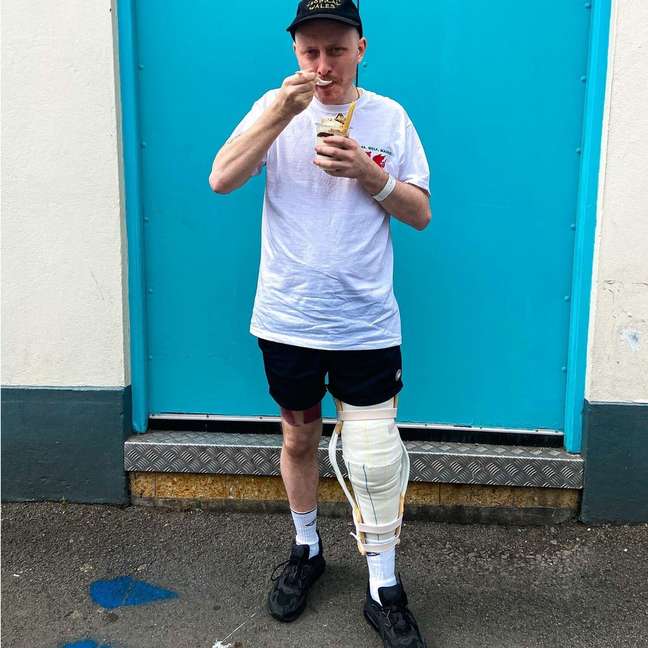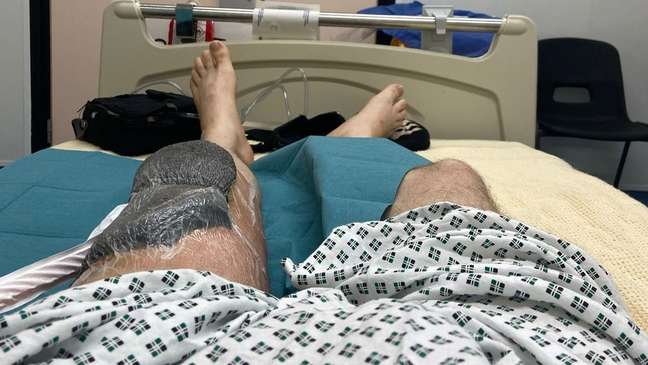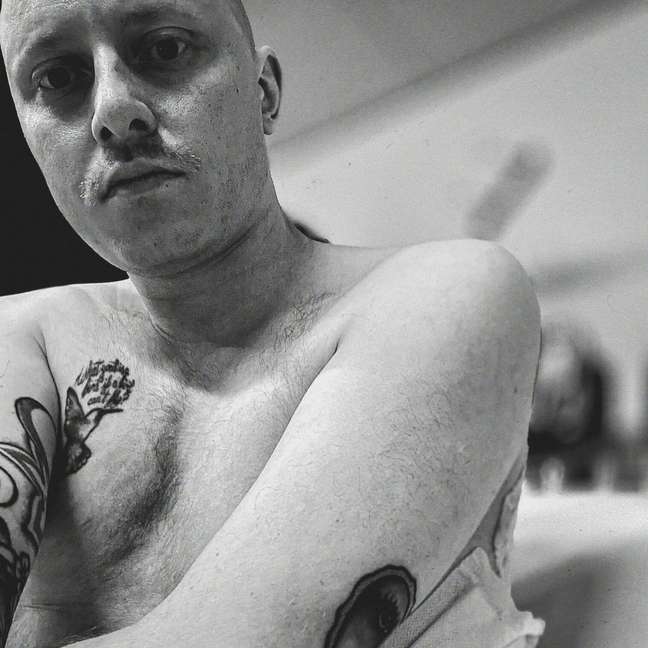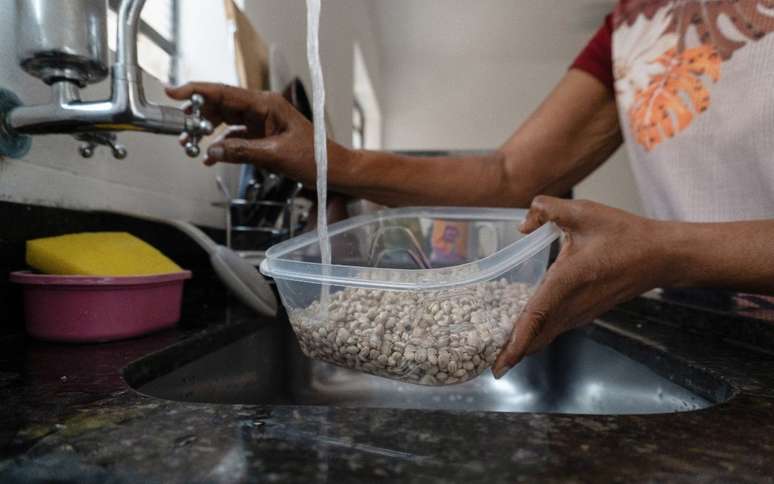Scott Neil developed necrotizing fasciitis after a slight fall; Extremely aggressive bacteria need to be treated urgently, the doctor says

Briton Scott Neil didn’t pay much attention to the scratch on his knee after falling on his way home from work. What he didn’t know is that the injury would almost cost him his life.
“A few days later (autumn) I realized something was wrong,” he told the BBC. “By the end of that day, my leg had almost doubled in size that it was so swollen.”
The 31-year-old DJ had to undergo six surgeries, in six weeks of hospitalization, because the cut caused a very rare but potentially fatal disease: necrotizing fasciitis.
“(The infection) had practically” eaten “my muscles and my knee,” he says.
The disease, known for releasing toxins with the ability to “eat” human subcutaneous tissue, develops in the event of a wound infection and must be treated immediately by doctors, according to the British public health system (NHS, its acronym). . English).

Symptoms, which can appear within days or even hours, include severe pain (greater than the pain you would attribute to the wound itself) and loss of sensation around the wound; swelling of the skin, fever, headache and fatigue.
These symptoms can progress to vomiting and diarrhea, mental confusion, and dark blisters on the skin.
Scott says it’s “disturbing” that a cut has had such serious health implications.
The doctors who treated him said he was within hours of losing his leg and possibly his life. This is because the infection can quickly contaminate the blood, causing sepsis and organ failure.
Therefore, experts explain that early diagnosis can mean the difference between life and death.

‘Agony’
Scott remembers “the agony” and the “crying of pain, begging to be taken to the hospital” just days after his fall in May of last year.
He even passed out in the hospital, so much was the pain he felt.
“I couldn’t believe what happened,” says the DJ. “It was the strongest pain I’ve ever felt.”
He needed an operation to remove the necrotic tissue and repair his wounds.
First, doctors used Scott’s back muscles to replace dead tissue in his leg, but there wasn’t enough blood flow to keep that replacement tissue alive.
It was therefore necessary to use part of the calf to restore the knee.
“It was very difficult, I cried a lot looking at my body and finding it completely different,” recalls Scott.
How does such an aggressive infection develop?

“Scott was very unfortunate,” says Dr Marina Morgan, one of the UK’s foremost experts on the subject.
“For necrotizing fasciitis to develop, the germ must be ready to enter the body and have a way to do it, such as scratching. If the immune system is weak or has never dealt with this germ before, it will not have the antibodies. To fight it.” , explains the specialist.
Morgan points out that the germ that causes the worst type of necrotizing fasciitis is the same germ that causes cases of tonsillitis in childhood.
“People can become immune because they have had previous contact with the childhood tonsillitis germ, which is not a big deal. So these babies grow up with the antibodies and never get sick (of fasciitis). But for other people they don’t. ever had this contact, if they do (in adulthood), it’s a very virulent microorganism that they can’t deal with. “
The main sign, Morgan says, is “a very sharp, agonizing, disproportionate pain” to that of the injury itself.
“This means that the germ has entered the tissue,” he adds.
If the pain does not go away with pain relievers, doctors should evaluate the possibility of necrotizing fasciitis and treat it with antibiotics. One problem, she says, is that not everyone has adequate knowledge of the disease.
Doreen Cartledge lost her 23-year-old son Lee Spark to necrotizing fasciitis in October 1999 and formed a foundation in her name, the only support group in the UK for people and families affected by such severe infections. .
“Little is known about it among the general public and mortality is high,” he says.
Among survivors like Scott, “many people end up suffering from PTSD, so it’s important to be aware of the signs, as early diagnosis and treatment are so important.”

Recovery
In Scott’s case, the physical and psychological suffering was great, according to him. But that made him start looking at life in a different, more optimistic way.
Today, more than a year after hospitalization, and after intense gymnastics and physiotherapy sessions, he can walk normally and “do what he wants”.
“I remember such intense nights in the ward (of the hospital), the same ward where I lost my grandmother, which in itself was traumatic,” she says.
But “I had to be strong mainly for my family. In a way, I am grateful for the experience because it taught me to deal with the trauma, to deal with it. (Until then), I buried all the traumas I had gone through. I am. grateful for this opportunity: to be able to walk my dog, skate, play football, “he adds.
* Reported by Shazia Ali of BBC News
– This text was published in https://www.bbc.com/portuguese/geral-62369395
Source: Terra
Benjamin Smith is a fashion journalist and author at Gossipify, known for his coverage of the latest fashion trends and industry insights. He writes about clothing, shoes, accessories, and runway shows, providing in-depth analysis and unique perspectives. He’s respected for his ability to spot emerging designers and trends, and for providing practical fashion advice to readers.







